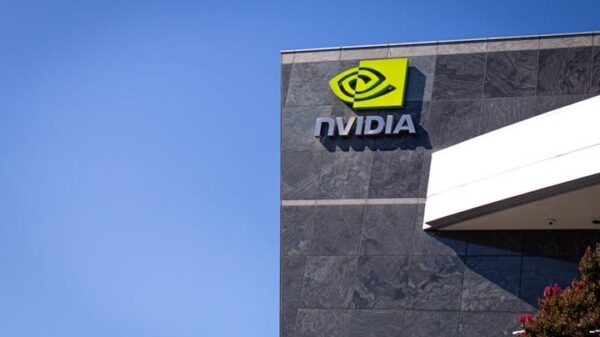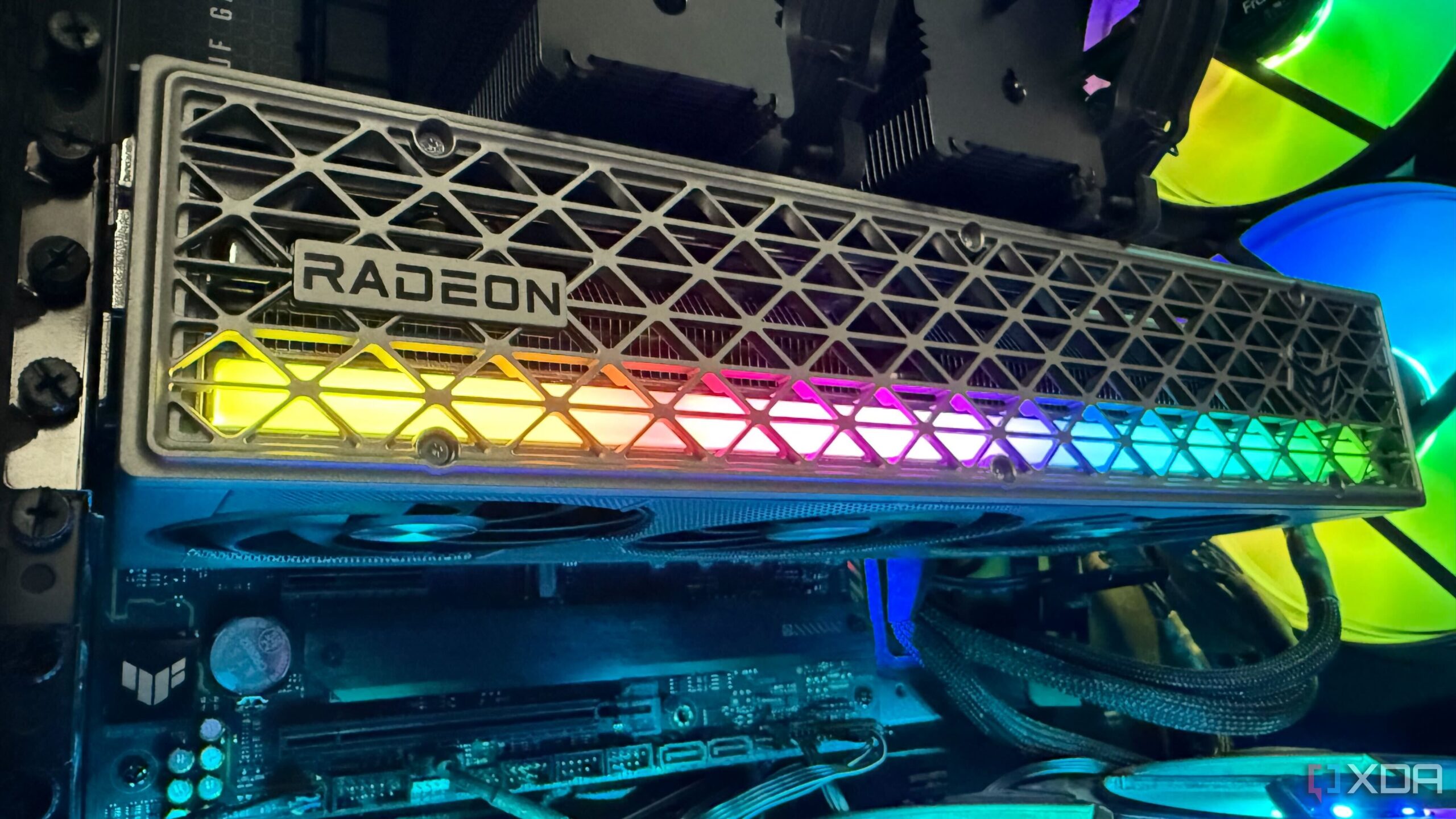UPDATE: AMD is facing significant backlash following its recent announcement regarding driver support for RDNA 1 and 2 graphics cards, leaving many users questioning their GPU investments. Just days after the release of the Adrenalin driver version 25.10.2 on October 29, 2023, the company confirmed that RX 5000 and RX 6000 series GPUs will shift into “maintenance mode,” sparking outrage among consumers.
The implications of this decision are profound, as it signals that these GPUs will no longer receive the performance-enhancing driver updates that gamers rely on for the latest titles. This announcement is especially concerning for consumers who purchased RDNA 2 GPUs, which are still being sold today. Many users are now reconsidering their loyalty to AMD.
In a statement to pcgameshardware.de, AMD clarified that the focus will shift towards optimizing newer products, stating, “To focus on optimizing and deploying new and improved technologies for the latest GPUs, AMD Software Adrenalin Edition 25.10.2 puts the Radeon RX 5000 and RX 6000 into maintenance mode.” This means that while users will receive safety and bug-fixing updates, they will miss out on game optimizations and new features that could extend the life of their GPUs.
The community’s response has been swift and furious. Tech enthusiasts took to social media and YouTube, voicing their discontent over what many see as a betrayal of AMD’s commitment to providing long-lasting value. This outcry prompted AMD to provide further clarification to Tom’s Hardware, where they noted that “maintenance mode” would still include “new features, bug fixes, and game optimizations” based on “market needs.”
Critics are questioning why “market needs” should dictate support for GPUs that were launched just a few years ago. The RDNA 2 architecture debuted in late 2020, and models like the RX 6750 GRE were released as recently as this year. Users are left feeling that their investments are being undermined, especially given AMD’s previous marketing focused on the longevity of their products.
In stark contrast, Nvidia has maintained robust driver support for their GPUs. The GTX 10 series received updates until this month, with security updates for older architectures stretching as far as October 2028. Many consumers are now weighing their options and considering a switch to Nvidia, especially given AMD’s apparent shift away from supporting older models.
AMD’s commitment to future optimizations remains to be seen. As the company attempts to clarify its message, gamers are left anxious about the longevity of their hardware. With the RX 9070 XT, my personal experience has been positive, but the uncertainty surrounding AMD’s future support has prompted reflection on the reliability of their long-term commitments.
As the situation develops, it’s crucial for AMD to reassure its user base that it values all GPU owners, not just those with the latest models. The market dynamics are shifting, and consumers are looking for transparency and sustained support. AMD must act swiftly to regain the trust of its loyal customers, as the competition in the GPU space heats up.
Stay tuned for further updates on this developing story, as AMD navigates the fallout from this controversial decision.







































































